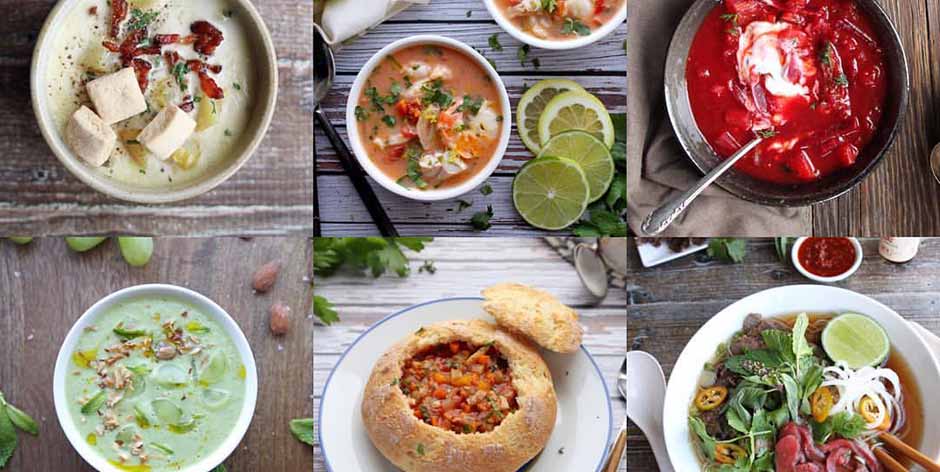
You had health issues with foods and now you are gluten-free and eat mostly paleo. How did you figure out your dietary needs?
It’s been a trial and error finding out what works. When I first moved to California 10 years ago, I was allergy tested and gluten came up. Turns out that was the big problem for me. When I crossed that out of my diet, I felt a lot better. I also started reading more about paleo and it felt like a light bulb moment. When I focused on eating real foods—good quality meats, fish and vegetables, all of which are part of the paleo diet—along with completely cutting out gluten, I felt so much better.
Your mom was a big influence on your interest in cooking. Do you still get together to cook?
We’re now on opposite coasts, I’m in California and she’s on the East Coast, but we talk a lot about food. She asks me questions about recipes, and I do the same to her. When we’re together, mostly around holidays, we of course cook together and it’s a lot of fun. We’ve both learned a lot from each other, and continue to learn.
Are any of your cookbook recipes inspired by your mom?
A few recipes in my cookbooks are inspired by things my mom made when I was growing up. We always had our favorite comfort foods and quick, essential dishes. So when I changed the way I ate, cutting out gluten, there were certain things I really missed. For example, in The Zenbelly Cookbook, I have a recipe for gluten-free breaded chicken tenders that I adapted from mom’s recipe. She used to make beautiful chocolate layer cakes for birthdays, so I recreated a paleo version focusing on a really good, homemade texture. I’ve served it at a lot of catering events and people always love it. When you change the way you eat for health reasons, you shouldn’t feel deprived. So I try and paleo-ize recipes so that they taste great.
You write that being aware of what you’re consuming is a big step in eating healthy, but that it’s important to also be aware of how you’re feeling.
I stress this a lot. I know what I need to eat to feel best, but I don’t think it’s the same for everyone: It’s not a one-diet situation for everyone. I encourage people to try and eat mostly real food and pay attention to what works for you. Do you notice if certain foods make you feel bloated, cranky or exhausted? These are foods you want to try and wean from your diet. And then pay attention to the foods that make you feel good, and eat more of those.
 What advice do you give people who are looking to be more paleo?
What advice do you give people who are looking to be more paleo?
The first thing I tell people is to cut out the processed stuff, focus on one-ingredient foods; all of the things with no label in the store, the meats, fish and veggies. Try and stay away from packaged foods that have tons of ingredients. If the bulk of foods you are eating are the simple, real foods, you are off to a great start. When going paleo, one of the biggest obstacles for people is cutting out bread and gluten. Try substituting; for example, instead of using a bun with your burger, wrap it in lettuce. Miss pasta? Make noodles out of vegetables, like zucchini and cucumbers. Love rice? Try making cauliflower rice. In my Paleo Soups & Stews cookbook, I have a section on things you can use as noodle alternatives. I also include a chapter on breads made with paleo-friendly ingredients, because what many people miss when eating soup is dipping in that hunk of bread.
What are some of your favorite ingredients to cook with?
I always have tomato paste and dried tomatoes in my pantry. Fish sauce is another ingredient I use often because it adds great flavor. Coconut aminos are a good substitute for soy sauce; it’s a little bit sweeter than soy or tamari, but offers up a nice backbone flavor. If I’m at a loss at what to make, I buy chicken and throw it in the oven. Or I’ll salt it a few days ahead of time to really bring out the flavor when it’s roasted. When I get tired of my own cooking, I go out to restaurants for inspiration. Food should be a source of joy for everyone.
Try this delicious recipe by Simone, featured in her book Paleo Soups & Stews: Burmese Chicken Noodle Soup.


 What advice do you give people who are looking to be more paleo?
What advice do you give people who are looking to be more paleo?